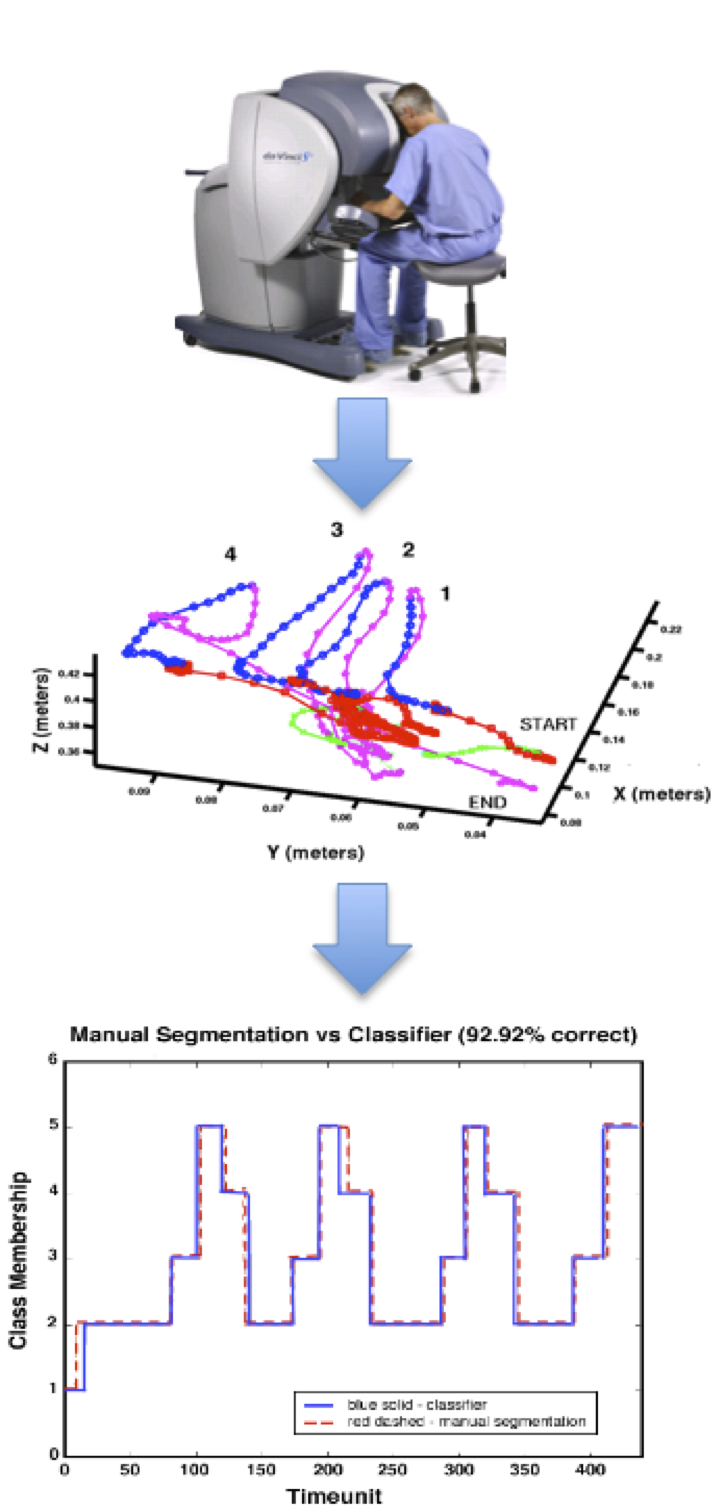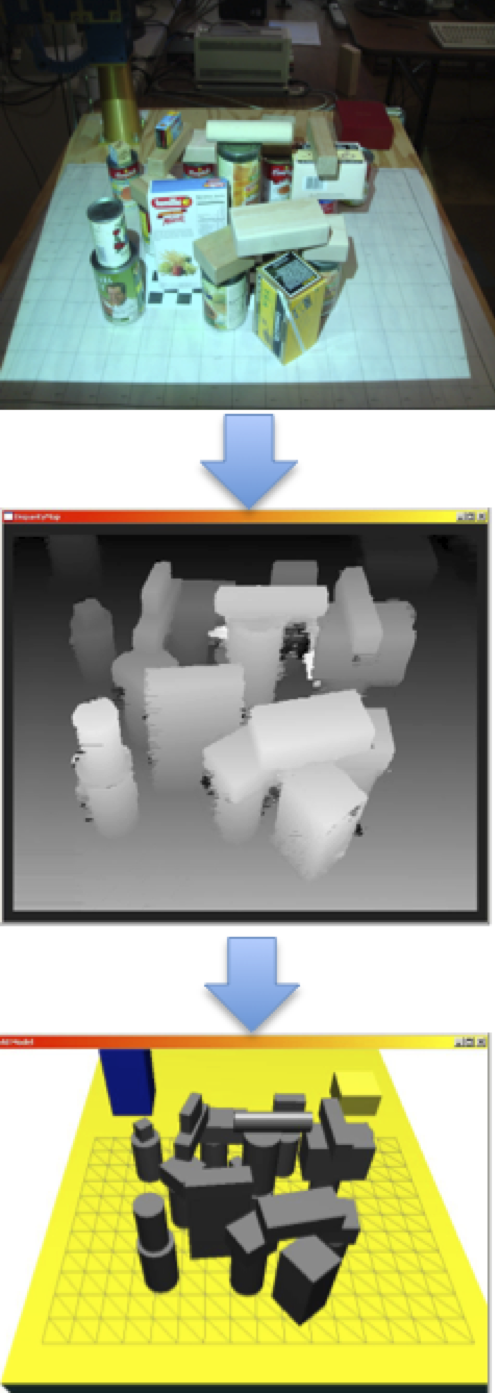In a recent article in The New York Times, the newspaper’s technology writer John Markoff describes how advances in robotics have created new opportunities for automation, citing several examples where improved capabilities and reduced cost are changing the value proposition to industry. As is inevitable, these advances are juxtaposed against the impact on employment — in bald terms, will robots put people out of work?
The fact is, robots will put some people out of work; indeed they already have displaced many jobs. But, robotics will also create new job opportunities and, arguably, will buoy the economy far more than the effect of the displaced jobs. It is perhaps instructive to point out that before 1950, there were many people employed as “computers” in major companies such as IBM. They were there to do the grunt work necessary to perform large-scale calculations. Silicon computers displaced all of those workers (and many more doing accounting, filing, typing, and so forth). But, in return, a substantial fraction of the largest companies (and employers) in the U.S. are now information technology (IT) companies. The U.S. continues to lead innovation in IT and related areas, and it continues to create new and lasting careers and opportunities for millions of workers.
On this point, White House Office of Science and Technology Policy (OSTP) deputy director Tom Kalil noted in Markoff’s piece, “The only way we are going to maintain manufacturing in the U.S. is if we have higher productivity.” This is absolutely true. However, real innovation that creates new industries is an even stronger force. To take a recent example, consider Intuitive Surgical, which was founded in 1995 and produces surgical robots. Intuitive put its first product into the market in 1999. It is now a $20 billion company earning more than $0.5 billion annually and employing nearly 2000 people. That is a company and an industry that any country would like to create!
In short, the U.S. should want to keep ahead of the world in robotics, and to marry robotics with computing to create the same cycle of world-leading innovation we’ve enjoyed in that sector. So what is keeping us from creating an even stronger and more vibrant robotics industry? Well, despite the advances Markoff describes, he notes that robots are behind glass walls. Why? For safety — human and (autonomous) robots do not mix well. He mentions robots have new sensing capabilities — true, but still very limited compared to what you and I enjoy. Notice how all of the systems he describes inhabit a very limited and structured world — still very much “robots in a factory” setting. So, these systems are remarkable, but they are still incremental improvements on the past.
The major breakthroughs in robotics will involve complex and unstructured interaction with the physical world, and with human counterparts. This is the key ingredient that is fostered by the Administration’s National Robotics Initiative (NRI), a multi-agency program to drive forward fundamental advances in robotics technology that was included in the Advanced Manufacturing Partnership (AMP) announced by President Obama in June 2011 — and to which a roadmap produced by robotics researchers with support from the Computing Community Consortium (CCC) contributed in part. The goal of this initiative has been to spur robotics research with a particular eye toward developing robots as partners and co-workers. The response to this program was remarkable – nearly $1 billion (yes, billion) of proposed work was submitted for just $44 million of available funding. Why so many proposals? Because to build robots that interact with an interesting level of skill with the outside world, you need to build system that integrates a broad set of capabilities involving many engineering disciplines. Moreover, once you create such robots, they have hundreds, if not thousands, of applications — co-workers, co-fighters, remote presence, daily assistance … the list goes on forever.
It is worth pointing out that Europe and Japan have pegged their support of robotics much higher. The European Union and member states (about 1.5 times the U.S. population) spends well over $120 million a year for robotics-related research; Korea (one-sixth the population of the U.S.) spends over 80 million a year; Japan (less than half the population of the U.S.) in excess of 40 million. Why? Because they see that the potential economic benefits of having the lead in this area could be spectacular.
One final point worth making about robots — they are fun and they capture the imagination of almost any child. We often bemoan the state of STEM education. Yet just take a robot into a classroom, and everyone is instantly engaged. You can teach mathematics, physics, and computer science, all while having fun making a real physical device move on its own.
So, yes, the field of robotics has made much progress in the last decade. But there is far more to come. And much of that will not be in the form of innovative hardware; rather, it will be innovations in the software that will provide intelligence and connect that intelligence to the outside world. In short, much of the future of robotics is bound with advances in computing and computing research. New software platforms like the open-source Robot Operating Systems (ROS) by Willow Garage are the dawn of robotics as a rapidly innovating software-based enterprise. It’s not a question of “if” robots are our co-workers, but “when.” And when that cycle takes hold, we will not only accept robots, but eagerly seek them out to enhance our lives, make us more productive, and provide new sources of inspiration and entertainment — very much what computing has done for the last six decades.
(Gregory Hager, CCC Council and Johns Hopkins University)











